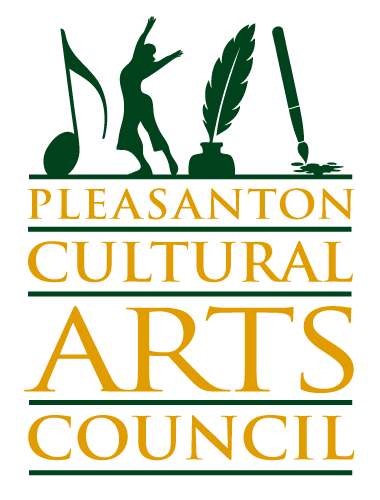What are the cultural arts? First, let’s define “culture.” Culture is whatever grows up around us, the melieu in which we live and breathe, which may include nature and the many elements of civilization. Culture includes the cars we drive, the skyscrapers we visit, the kind of bed we sleep on, the jobs we hold, the churches we support, the games we play.
Each game may have its own culture made up of the players, the playing field, the equipment used. The culture of a professional baseball team is far different than that of a sandlot softball group of kids.
We can talk about the culture of Oxford being quite different from that of a community college in our hometown, or we can speak of the culture of a poor neighborhood which includes graffiti, derelicts, and tenement buildings as quite different from that of a wealthy community with its manicured lawns, mansions, and smoothly paved streets. In a broad sense, we can speak of American culture with its wonderful mix of ethnicities as being like a salad, the many different flavors combining to make a rich and enjoyable dish. Culture can be seen in a focused way—within our “job” or “home” —or in the most inclusive sense, referring to the mix of everything around us in our civilization and in nature: What might be called world culture.
Now that we see a few ways that culture is defined, let’s look at what are the “cultural arts.”
When an object, ritual, activity, or custom which makes up our culture has been modified by art, we have “cultural art.” That would include graffiti on the walls of buildings, decorative arts —ranging from the woven patterns in curtains to dishwasher or computer designs, the cuisine we cook, whether according to tradition or from recipes we make up ourselves, the styles of the clothing we wear, the high heeled shoes on some women’s feet, or the cultivated bonsai in our gardens. So, the “cultural arts are almost as broad and far reaching as culture itself.
Cultural arts occur whenever creative people decide to artistically enhance what is around them: when weaving a basket design, for example–or when making a Giant’s T-shirt with a logo to indicate that the wearer of it belongs to a culture of fans, or when a dancer modifies the ritual of a dance, or when an ethnic group decides to create a new holiday for their people called Kwanzaa—in all cases we can see that creativity enters– to result in the cultural arts. It is clear that over time, traditions of “cultural arts” develop, schools of design and customs evolve because new creators modify traditions or discover something original. There is something in the human psyche which craves change as well as continuity, so the cultural arts are being modified and retained as time passes.
One focused vision of culture is what is called “high culture.” Such a focus includes music, fine arts and sculpture, ballet, drama (now including artistically crafted films), poetry and prose fiction—all of which exhibit significant human values and insight into the human condition. “High culture” is so called because of the historical fact that only those of high class had access to these so called refined arts. While we still retain the expression “high culture,” these art forms are now available to whomever wishes to pursue them.
Because Pleasanton is woven of a rich fabric of peoples of varied ethnicities–many who carry their cultural traditions with them–the Pleasanton Cultural Arts Council favors multi-cultural sharing of each group and their special arts with those of us who are not from that group. In so doing, each group can offer the general community diverse experiences,–many of which seem fresh and have cultural depth and which may inspire others through cross fertilization in the arts. We have the Scottish Games, Folklorico dancers, Teiko Drumers, Chinese-American singers, Indian sand painters, European-Americans familiar with the traditions of their parents’ or grandparents’ homeland, and so much more– a wealth of ethnic cultures and artists as part of our town.
Coming mostly from a Germanic and Norwegian background, when I hear a sitar and a drum play and an Indian-American singing traditional Indian music, I am transported to an exotic Indian world. What a delight! I might reciprocate by sharing or promoting a Norse myth or the play Faustus by Goethe with our community. The values shared in such presentations may help us understand one another.
Small town America is where we are. Pleasanton is made of a multi-ethnic fabric woven together where we live and breathe. The town has its own particular culture made up of its history, its institutions, businesses, beautiful downtown, and, especially, its people–a multi-ethnic mix of varied and rich traditions. Certainly, the cultural arts include the multicultural arts. And we are lucky to have them right around us.
Dave Wright
